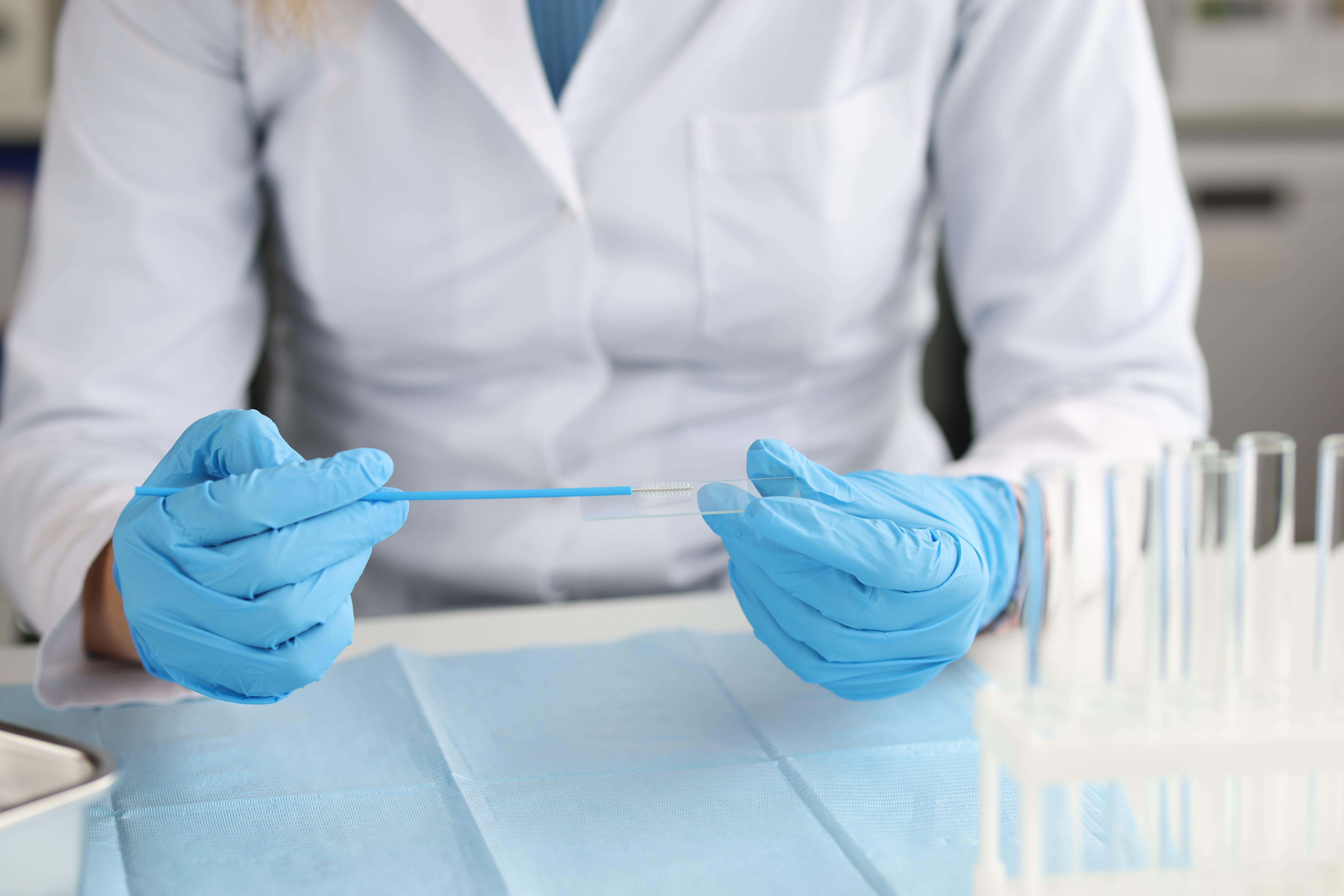Unique patient offers new hope for beating cancer
Unnamed individual has survived 12 different tumours thanks to rare genetic quirk

A unique cancer patient who has survived a dozen tumours could hold the key to beating the disease, according to scientists.
The individual appears to be “programmed” to develop different forms of the disease after inheriting mutations in a gene from both parents.
But their immune system naturally generates a strong anti-inflammatory response that fights the growths.
Learning how it does this would offer a “groundbreaking” hope of earlier diagnosis and new immunotherapy drugs.
Professor Marcos Malumbres, of the Spanish National Cancer Research Centre (CNIO) in Madrid, said: “We still don’t understand how this individual could have developed during the embryonic stage – nor could have overcome all these pathologies.”
The unnamed patient, now nearly 40, has had 12 tumours of which at least five of were malignant.
The first developed in infancy, followed by others every few years. Each has been of a different type and in a different part of the body.
The person also has skin spots, the birth defect microcephaly – which causes a smaller head and brain – among other conditions.
Prof Malumbres said: “This exceptional case opens up a way to detect cells with tumour potential well in advance of clinical tests and diagnostic imaging.
“It also provides a novel way to stimulate the immune response to a cancerous process.”
Mapping the individual’s entire genome identified mutations in a gene called MAD1L1, which is essential in the process of cell division and proliferation.
Analysis revealed the variants altered the number of long strands of DNA in cells, known as chromosomes. There should be 23 pairs.
In animal models, it has been observed that when there are mutations in both copies of the gene, each coming from one parent, the embryo dies.
But to the astonishment of the team, this patient has survived, living as normal a life as could be expected of someone suffering from ill health. Several of their relatives also have mutations in the MAD1L1 gene - but only in one of the copies.
The case described in the journal Science Advances is understood to be unique in the medical literature.
Co-author Dr Miguel Urioste said: “Academically we cannot speak of a new syndrome because it is the description of a single case, but biologically it is.”
In human tumours, 70 per cent have cells with an abnormal number of chromosomes.
Other genes whose mutations change the number of chromosomes are known. But this case is different because of the aggression, the percentage of aberrations it produces and the extreme susceptibility to a large number of different tumours.
What is more, the five aggressive cancers the patient developed disappeared relatively easily.
Prof Malumbres explained: “The constant production of altered cells has generated a chronic defensive response in the patient against these cells, and that helps the tumours to disappear.
“We think boosting the immune response of other patients would help them to halt the tumoural development.”
Discovering the immune system is capable of unleashing a defensive response against cells with the wrong number of chromosomes is potentially groundbreaking.
Prof Malumbres added: “It’s one of the most important aspects of this study – which may open up new therapeutic options in the future.”
The researchers used a state-of-the-art technique called single-cell analysis which provides a wealth of information. It involves scanning the genes of each of the blood cells separately, said first author Dr Carolina Villarroya-Beltri.
She added: “By analysing thousands of these cells separately, one by one, we can study what is happening to each specific cell, and what the consequences of these changes are in the patient.”
The blood sample contained several hundred chromosomally identical immune calls called lymphocytes, coming from a single, rapidly proliferating source.
Usually these attack specific invaders but sometimes they proliferate too much and spread to form a tumour.
SWNS
Join our commenting forum
Join thought-provoking conversations, follow other Independent readers and see their replies
Comments





Bookmark popover
Removed from bookmarks